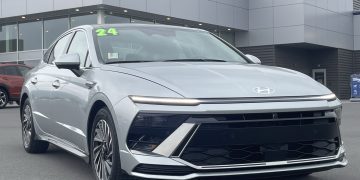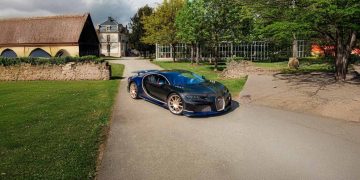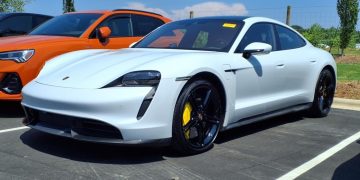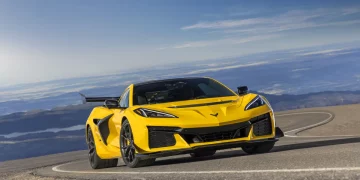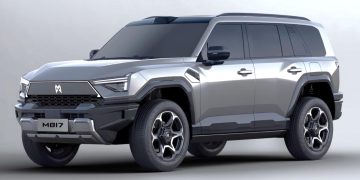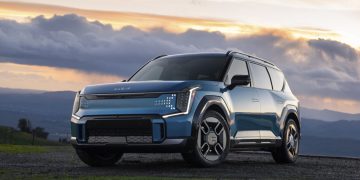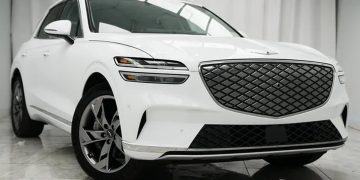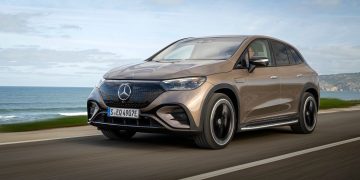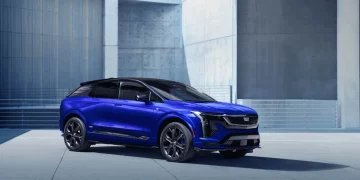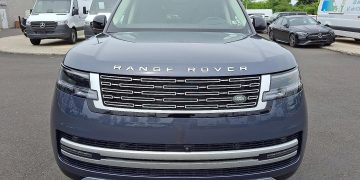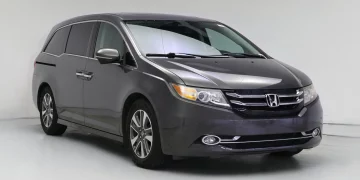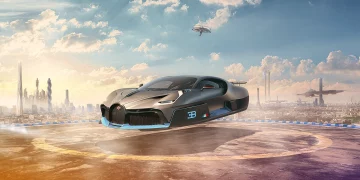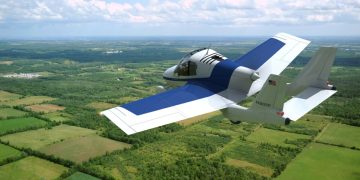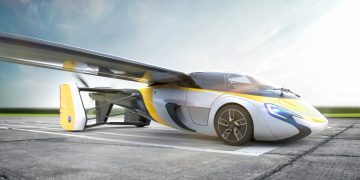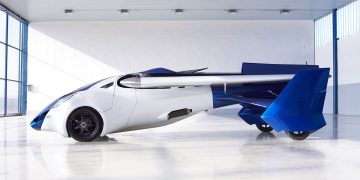When it comes to family travel, safety is always a top priority. Large families, in particular, have unique needs, often requiring vehicles that offer not only comfort and practicality but also advanced safety features. Multi-Purpose Vehicles (MPVs) are becoming increasingly popular for family travel due to their versatility, ample space, and, most importantly, their enhanced safety innovations. As automakers focus more on integrating cutting-edge safety technologies into their vehicles, MPVs are emerging as a strong contender in providing secure travel experiences for families of all sizes. This article explores the various safety features MPVs offer that make them an excellent choice for family-focused travelers, diving into innovations in passive and active safety technologies, as well as unique design features that ensure the well-being of all passengers.
Understanding the Importance of Safety in Family Vehicles
1. The Growing Need for Family Safety in Transportation
Families with children, elderly members, or multiple passengers often require more than just a comfortable ride; they need a vehicle that offers peace of mind by reducing the risk of accidents and providing protection in case of emergencies. Whether it’s daily school runs, long road trips, or weekend getaways, families spend a significant amount of time in their vehicles, making it crucial for MPVs to prioritize safety across various driving conditions.
The increasing emphasis on safety in modern MPVs reflects a broader trend in the automotive industry. Automakers are now integrating state-of-the-art technology designed to prevent accidents and protect passengers. As a result, today’s MPVs come equipped with a wide range of safety features that help families travel securely, no matter where the road takes them.
2. The Role of MPVs in Family Transportation
MPVs are designed with family travel in mind, offering abundant space for passengers and cargo. Their ability to comfortably accommodate multiple passengers, from toddlers to grandparents, makes them a practical option for family trips. However, safety features tailored to family needs take these vehicles a step further. From advanced driver assistance systems to innovative child safety features, MPVs offer solutions that cater to the dynamic requirements of family transportation.
Key Safety Features in MPVs for Large Families
1. Advanced Driver Assistance Systems (ADAS)
MPVs are equipped with a variety of Advanced Driver Assistance Systems (ADAS) that enhance driver awareness and assist in avoiding potential accidents. These technologies provide real-time information and aid in mitigating risks, especially in busy or unfamiliar driving environments. Some of the key ADAS features in MPVs include:
- Lane Departure Warning (LDW): This system alerts drivers if they unintentionally drift out of their lane without signaling. For families on long road trips, this feature helps reduce distractions and prevents accidents due to driver fatigue or inattention.
- Lane Keeping Assist (LKA): In conjunction with LDW, Lane Keeping Assist actively corrects steering to keep the vehicle centered in its lane. This helps maintain stability, especially when navigating highways or winding roads, making it a vital feature for family travel.
- Forward Collision Warning (FCW) and Automatic Emergency Braking (AEB): These features detect potential collisions with vehicles or obstacles in front of the MPV. If the system senses a risk of impact, it provides warnings and can even apply the brakes autonomously to avoid or reduce the severity of the collision.
- Adaptive Cruise Control (ACC): This system automatically adjusts the vehicle’s speed to maintain a safe distance from the car ahead. It is particularly helpful on long highway drives, ensuring the vehicle maintains a consistent speed while automatically slowing down and accelerating as needed.
- Blind Spot Detection (BSD): MPVs equipped with Blind Spot Detection can warn drivers of vehicles in their blind spots, helping prevent accidents during lane changes. This is especially beneficial for families, as the large size of MPVs can create larger blind spots.
2. Surround-View Cameras and Parking Sensors
Another important safety feature found in modern MPVs is the surround-view camera system. This technology uses multiple cameras positioned around the vehicle to create a 360-degree view of the area surrounding the MPV. The system provides real-time images on the dashboard screen, offering enhanced visibility when maneuvering in tight spaces or parking.
Along with parking sensors, which alert the driver to nearby obstacles when parking or reversing, these features significantly reduce the risk of collisions in crowded parking lots or during low-speed maneuvers. For families, this is particularly helpful when driving with children, pets, or large cargo, as it helps the driver stay aware of any hazards in their immediate surroundings.
3. Enhanced Airbag Systems
MPVs are equipped with advanced airbag systems that provide enhanced protection in the event of a collision. Modern MPVs come with:
- Front and Side Airbags: These airbags deploy in the event of a crash, protecting both the driver and passengers from impact forces. Side-curtain airbags are especially important in MPVs, as they protect passengers in the event of side impacts.
- Knee Airbags: Some MPVs include knee airbags, which help reduce injuries to the lower limbs during a frontal crash. This feature is especially beneficial for adults and provides an extra layer of protection.
- Rear-Seat Airbags: With families often traveling with children and elderly passengers in the backseat, rear-seat airbags are essential for additional protection. These airbags deploy from the side of the seat, ensuring that rear passengers are just as protected as those in the front.
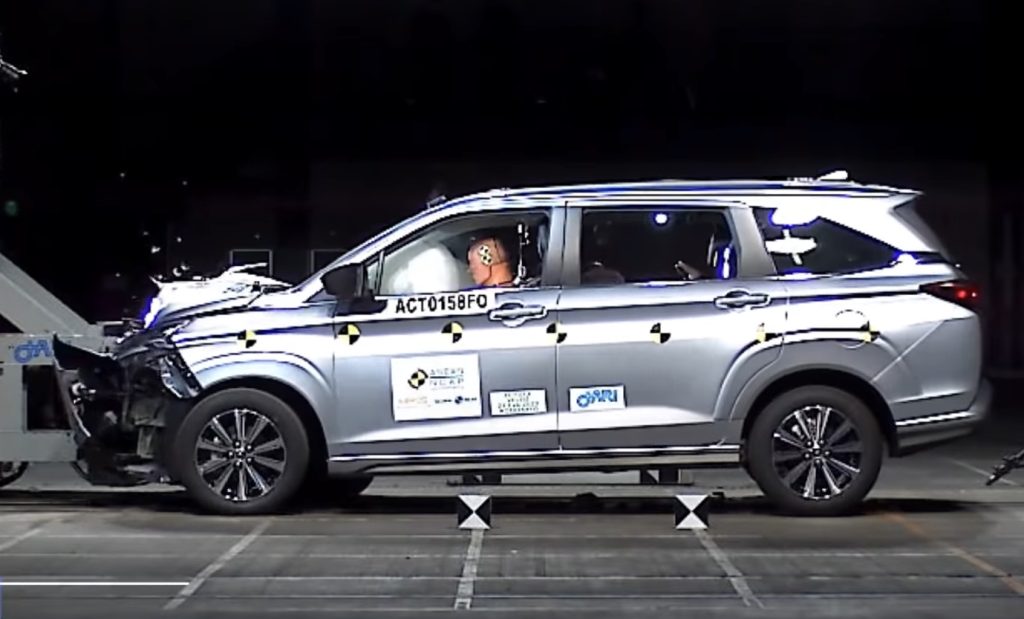
4. Child Safety Features
When it comes to family-focused vehicles, child safety is one of the most critical considerations. MPVs are designed to accommodate young children and toddlers with several built-in features:
- ISOFix/LATCH Child Seat Anchors: Many MPVs are equipped with ISOFix (international standards for child seat attachments) or LATCH (Lower Anchors and Tethers for Children) systems, which make it easier to install child seats securely. These systems prevent improper installation, reducing the risk of injury in the event of a crash.
- Rear Door Child Safety Locks: MPVs often include child safety locks on rear doors to prevent children from accidentally opening the door while the vehicle is in motion. This feature ensures that young passengers remain safely inside the vehicle at all times.
- Rear Window Sunshades: Protecting young passengers from harmful sun exposure is crucial, especially for families traveling in warm climates. Rear window sunshades help reduce glare and UV rays, providing a safer and more comfortable environment for children.
5. Crash-Resistant Design and Structural Safety
The structure of the MPV is designed to protect passengers during a collision. Crush zones are built into the front and rear sections of the vehicle, designed to absorb impact and redirect crash forces away from the passenger cabin. This design feature helps to protect occupants during front, side, or rear crashes.
Additionally, many MPVs feature reinforced roofs, which provide extra protection in the event of a rollover accident. This is particularly important for larger vehicles, which may have a higher center of gravity and be more prone to tipping during a crash.
6. Pedestrian Safety Features
MPVs often come with features designed to protect pedestrians in the event of an accident. Some of these include:
- Pedestrian Detection Systems: These systems use cameras and radar to detect pedestrians in front of the vehicle and can activate automatic emergency braking to avoid a collision.
- Active Bonnet: In some MPVs, the bonnet (or hood) is designed to lift slightly during an impact, reducing the severity of injury to a pedestrian. This feature is becoming increasingly important as pedestrian safety standards evolve.
How MPVs Offer Protection in Different Driving Conditions
1. Handling Adverse Weather Conditions
MPVs often come equipped with features that improve traction and stability in adverse weather conditions, such as rain, snow, or icy roads. These systems include:
- All-Wheel Drive (AWD) and Four-Wheel Drive (4WD): Many MPVs offer AWD or 4WD systems, which distribute power to all four wheels, improving traction and control in slippery or uneven road conditions.
- Electronic Stability Control (ESC): ESC helps prevent skidding or loss of control by applying brakes to individual wheels if the vehicle starts to slide. This is especially useful for families who live in areas prone to inclement weather.
2. Protection During Long Trips
Families often take long road trips, and during these journeys, the risk of fatigue, distraction, or road hazards increases. MPVs are equipped with features that help minimize these risks:
- Fatigue Detection Systems: Some MPVs can detect signs of driver fatigue by monitoring steering patterns and other driver behavior. If the system detects drowsiness, it alerts the driver with an audible warning, encouraging them to take a break.
- Tire Pressure Monitoring System (TPMS): This system monitors tire pressure and alerts the driver if the pressure is too low, reducing the risk of tire blowouts, especially during long highway drives.
Conclusion: The Safety-First Approach of MPVs for Families
MPVs are an excellent choice for family-focused travelers due to their extensive safety features. From advanced driver assistance systems to child safety innovations and crash-resistant designs, MPVs are engineered to provide maximum protection for passengers of all ages. As the automotive industry continues to prioritize safety, MPVs will only become safer and more secure, offering peace of mind to families on the road. Whether for daily commutes or long road trips, MPVs deliver the safety, comfort, and practicality that families need to enjoy a secure and stress-free travel experience.

